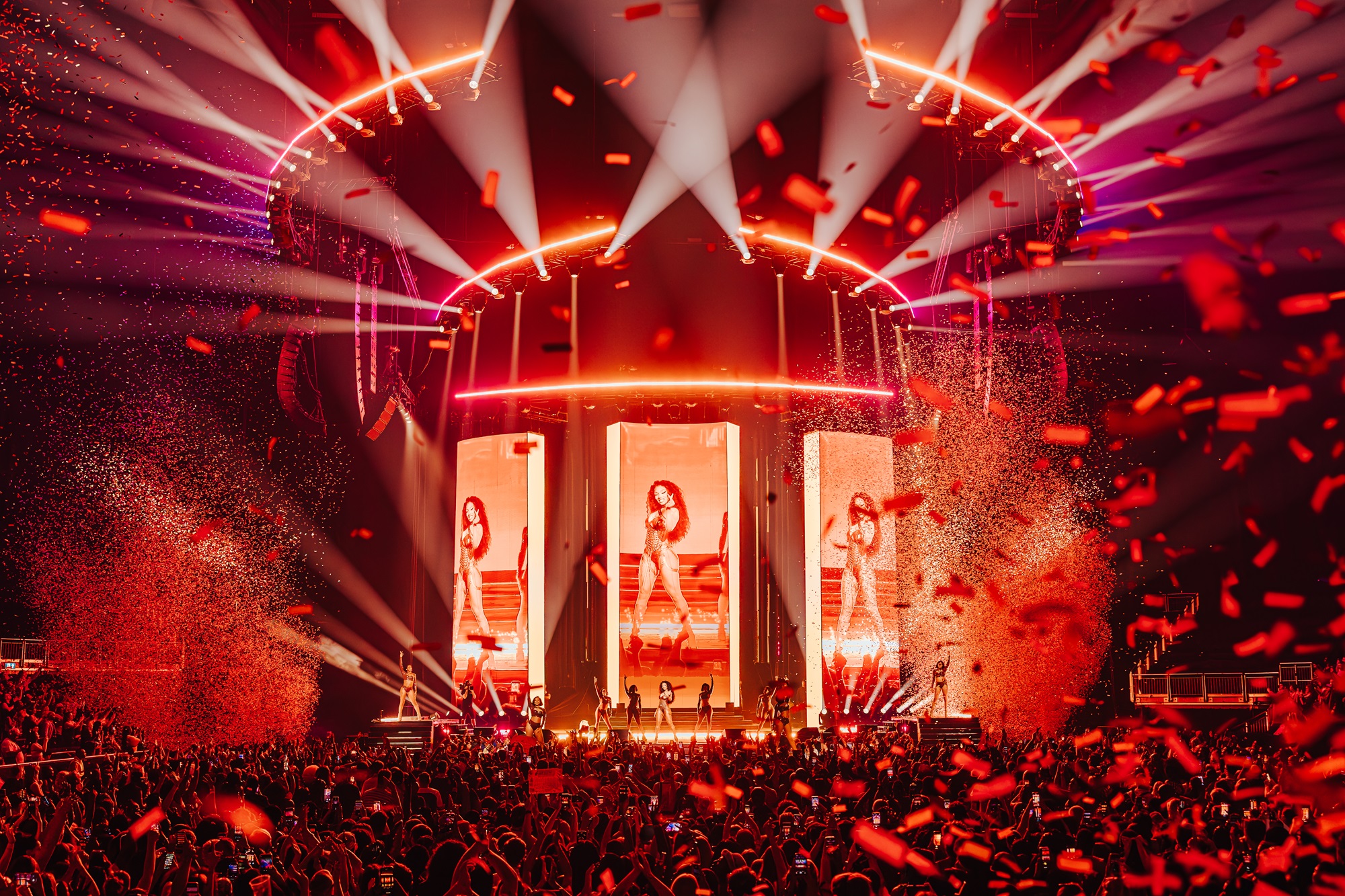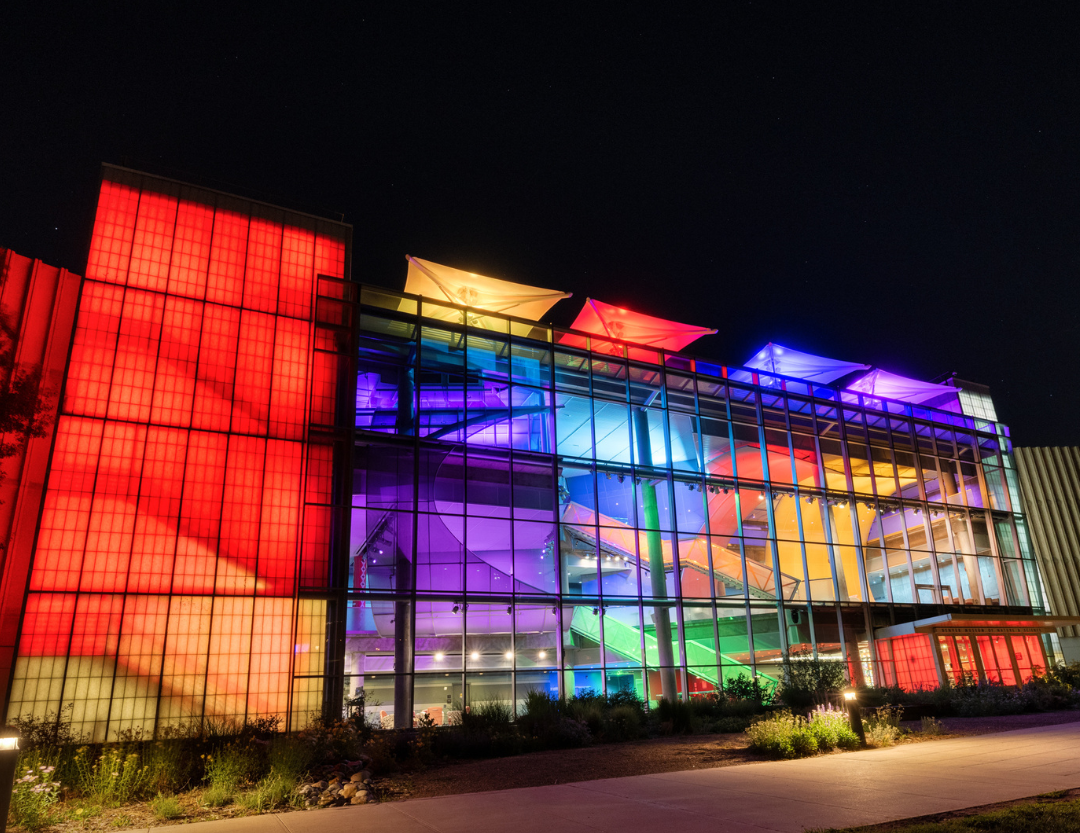NEW YORK — The first person to catch a glimpse of the lighting effects that accompanied the grand opening of Atlantis the Palm in Dubai last fall was, of course, the LD for the event, Jeffrey Smith. And he didn’t have to travel to the UAE to see them. He used the previsualization capabilities of Prelite in New York. The $20 million grand opening for the $1.5 billion luxury resort — one of the largest sums ever spent for a single party — featured entertainment by Kylie Minogue and enough pyrotechnic firepower in the Grucci-designed fireworks displays to make the opening of the Olympic Games in Beijing pale by comparison.
Even if the budget for the gala seemed as limitless as the oceanic theme adopted by the resort — built on a main-made, palm-shaped island, with an enormous aquarium stocked with 65,000 marine animals, including an rare whale shark — the previz design process saved Smith the time and expense of doing all the design work on site.
“Jeffrey had a short turnaround and wanted to program the show in our studio instead of working long hours on site, at night in the extreme heat of the desert,” said Prelite partner Tom Thompson. “This enabled him to limit the live show run-throughs to rehearse the lighting and kept more secrecy surrounding the event activities.”
“Prelite gave us the ability to see what the final product would look like without going halfway around the world,” said Smith, who is also creative director at lighting manufacturer Syncrolite. “They gave us the freedom to create the show in a very comfortable environment.”
Prelite partner Rodd McLaughlin and Michael Eddy acted as studio hosts handling the technical and customer service aspects of the project. They set up Smith and programmer Cory Fitzgerald with a grandMA console and a computer running Vision realtime visualization software.
Smith and Fitzgerald were able to input information into the grandMA on the first day. Then they were joined by show producer Edd Griles who brought a single-screen copy of the animation with time code. On day two the trio built the show from beginning to end. “Edd said, ‘How would we have done it if we didn’t have Prelite?’ He was blown away by our ability to finish in such a short time,” Smith said.
Smith deployed 90 Syncrolites for the building’s illumination sequence: 32 XL10s, 14 5K3s, 16 MX3000s, 18 5K2s and 10 5K2HPs. Four Syncrolite technicians installed and maintained the rig on site.
Smith’s main challenge was to complement both the projected animations and the fireworks and carry the story of Atlantis beyond the hotel itself. A light beaming from the hotel’s top accompanied animation of the formation of the Milky Way galaxy; wide washes and flashes added to the visual story of the mythical destruction of the continent of Atlantis.
By the time Smith left the Prelite studio, “all I had to do was touch up a few focuses on site and we were ready to go,” he said. “Prelite was a very valuable tool for creating that kind of enormous spectacle.”
All the programming information compiled in New York was sent back to Prelite’s San Francisco headquarters, where 3ds Max animations of the lighting design were created to timecode. “With the Prelite animations we were able to have frame-accurate cues matching the animation on the building, which we could play back on a computer or laptop and show people what the show would look like,” said Smith.
He also gives kudos to Prelite’s host concept. “The way the studio is set up, with knowledgeable people to host you and help you whenever needed, is very impressive. They really bent over backwards to host us — we got rock-star treatment. That added to making the experience extremely enjoyable and comfortable,” he said.
For more information, visit www.prelite.com.


